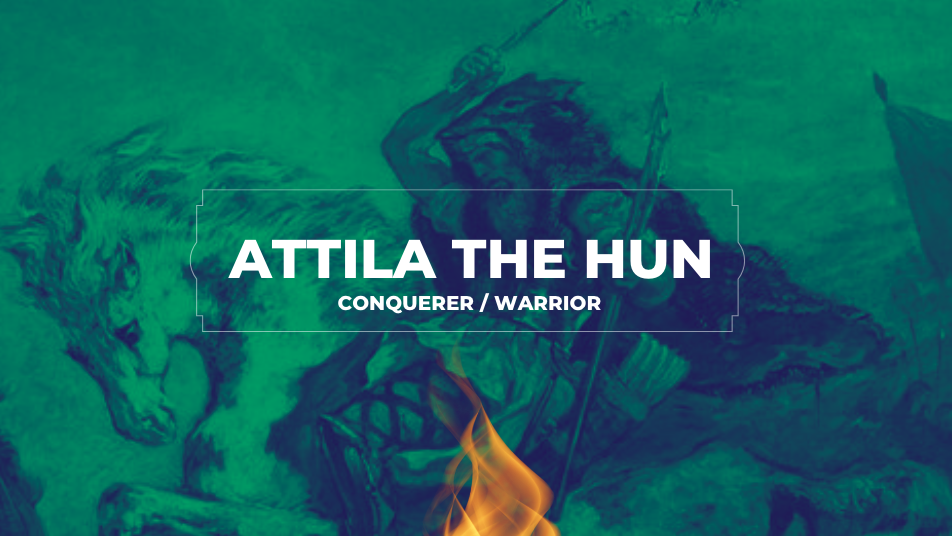Attila the Hun, also known as Attila (; fl. c. 406–453), stands as a commanding figure in history. His reign from 434 to his demise in March 453 left an indelible mark on the annals of time. As the ruler of the Huns, Attila orchestrated a tribal empire spanning Huns, Ostrogoths, Alans, and other groups across Central and Eastern Europe.
Unraveling Attila’s Dominance and Conquests
During his epoch, Attila’s name struck terror into the hearts of both the Western and Eastern Roman Empires. His audacious feats knew no bounds, as he dared to cross the Danube on two separate occasions, ravaging the Balkans. Despite his might, Constantinople, the great city of the Eastern Roman Empire, eluded his grasp.
The Triumph and Momentum
In the year 441, Attila’s triumph in invading the Eastern Roman (Byzantine) Empire bolstered his confidence. The victory paved the way for his audacious ambitions to extend further westward. Fuelled by success, he set his sights on Roman Gaul (modern France), crossing the formidable Rhine River in 451, and marching his forces toward Aurelianum (Orléans).
The Decisive Encounter
The culmination of Attila’s westward march led to the pivotal Battle of the Catalaunian Plains. Here, his forces clashed with opposing armies in a struggle for supremacy. Despite his tenacity, Attila faced defeat, marking a significant turning point in his relentless conquests.
Italy’s Conquest and the Unfulfilled Destiny
With his sights set on new horizons, Attila ventured into Italy, leaving a trail of devastation in his wake. The northern provinces felt the weight of his campaign, yet the grandeur of Rome remained beyond his reach. His ambition persisted, envisioning future campaigns against the Romans, but destiny had other plans.
The Demise of a Conqueror and the Fall of an Empire
Tragedy struck in 453 with the passing of Attila. His vision for further conquests was left unrealized, as the leader who had inspired both awe and dread met his end. Following Attila’s demise, a pivotal event unfolded—the Germanic revolt against Hunnic rule. Ardaric of the Gepids, Attila’s trusted advisor, rose to lead the charge, heralding the swift collapse of the Hunnic Empire.
A Lasting Legacy
Attila the Hun’s legacy endures through the annals of history, a testament to his prowess and audacity. His reign, marked by conquests and strategic brilliance, leaves an indelible mark on the tapestry of civilizations. From his fearless crossings to his audacious invasions, Attila’s name remains etched as a force to be reckoned with, forever remembered for his unparalleled influence in shaping the course of the ancient world.
In summary, Attila the Hun’s legacy, though fraught with both victories and defeats, stands as a testament to the indomitable spirit of a leader whose ambition knew no bounds. His story, one of conquest, courage, and unforeseen twists, continues to captivate historians and enthusiasts alike, offering a window into an era where power and destiny collided on the grand stage of history.
The Workout
Buy-in: 1,600m Run
100x Jump Rope Singles
100x Jump Rope Singles
75x Air Squats
100x Jump Rope Singles
75x Air Squats
50x Mnt Climbers
100x Jump Rope Singles
75x Air Squats
50x Mnt Climbers
25x Push-ups
100x Jump Rope Singles
75x Air Squats
50x Mnt Climbers
25x Push-ups
15x Burpees
Cash-out: 1,600m Row

